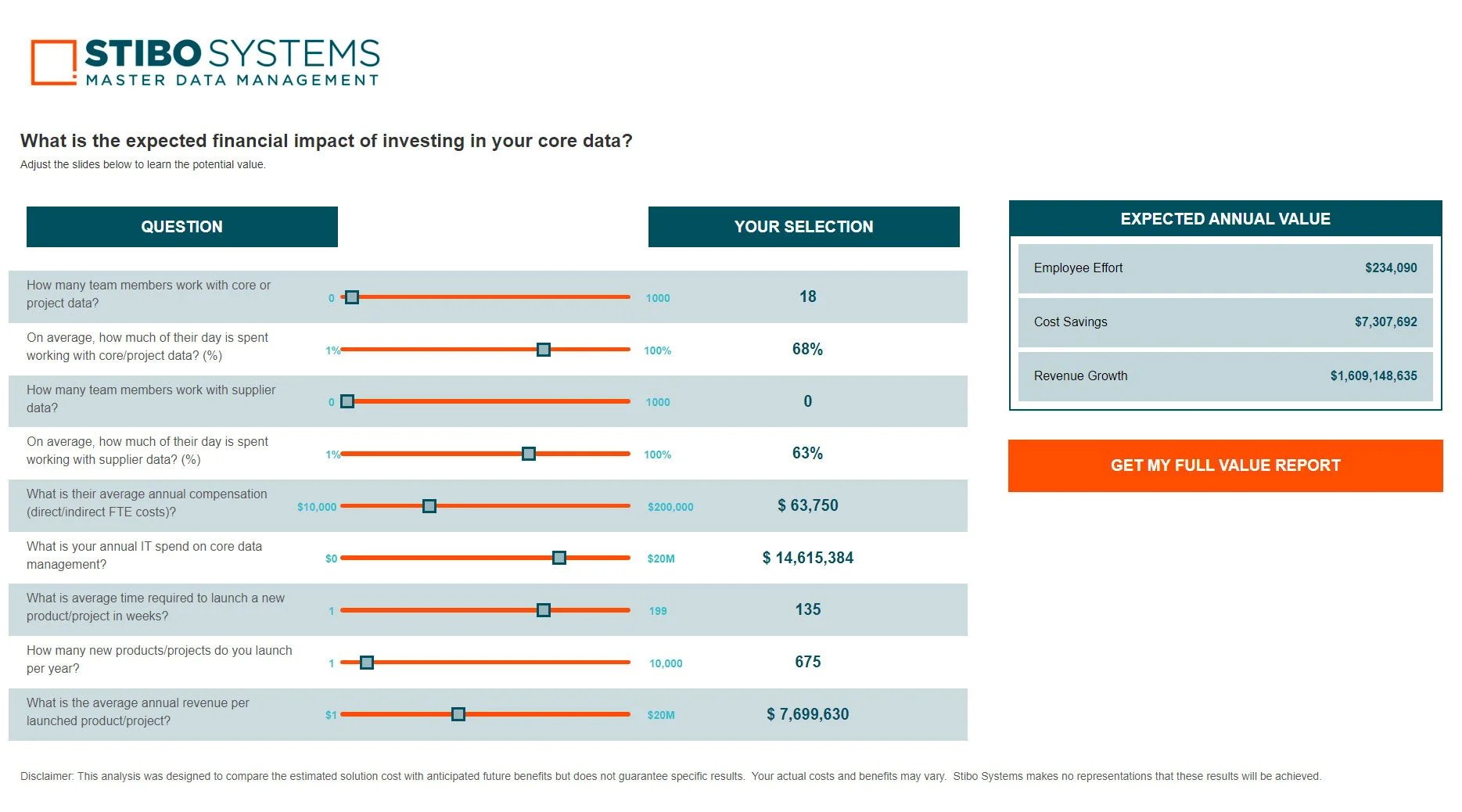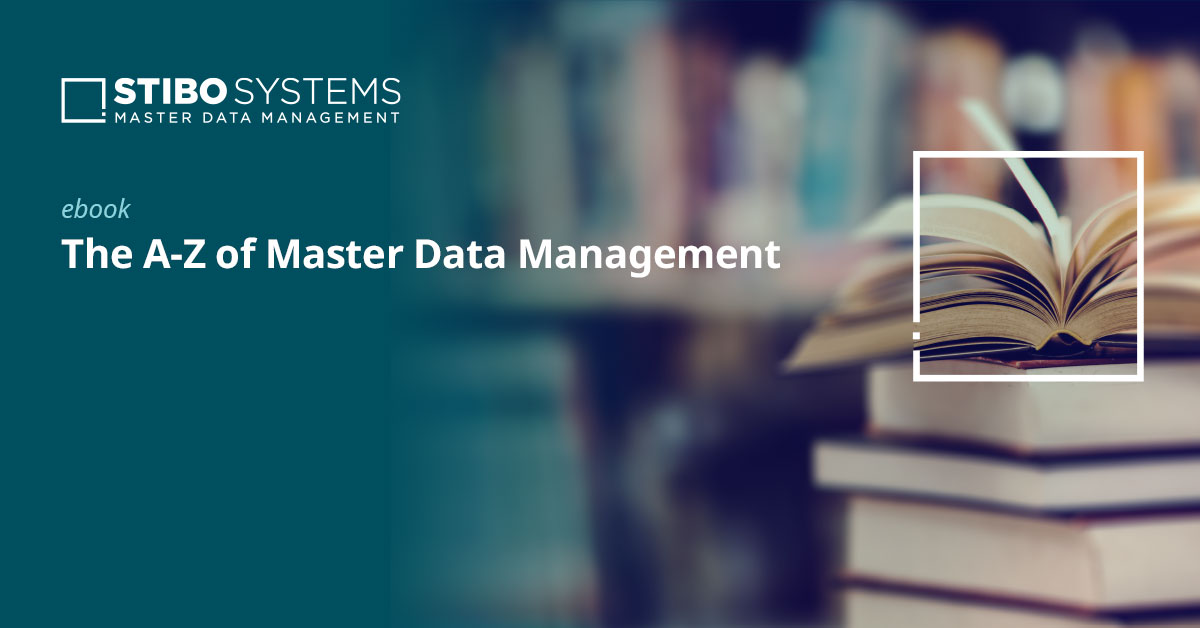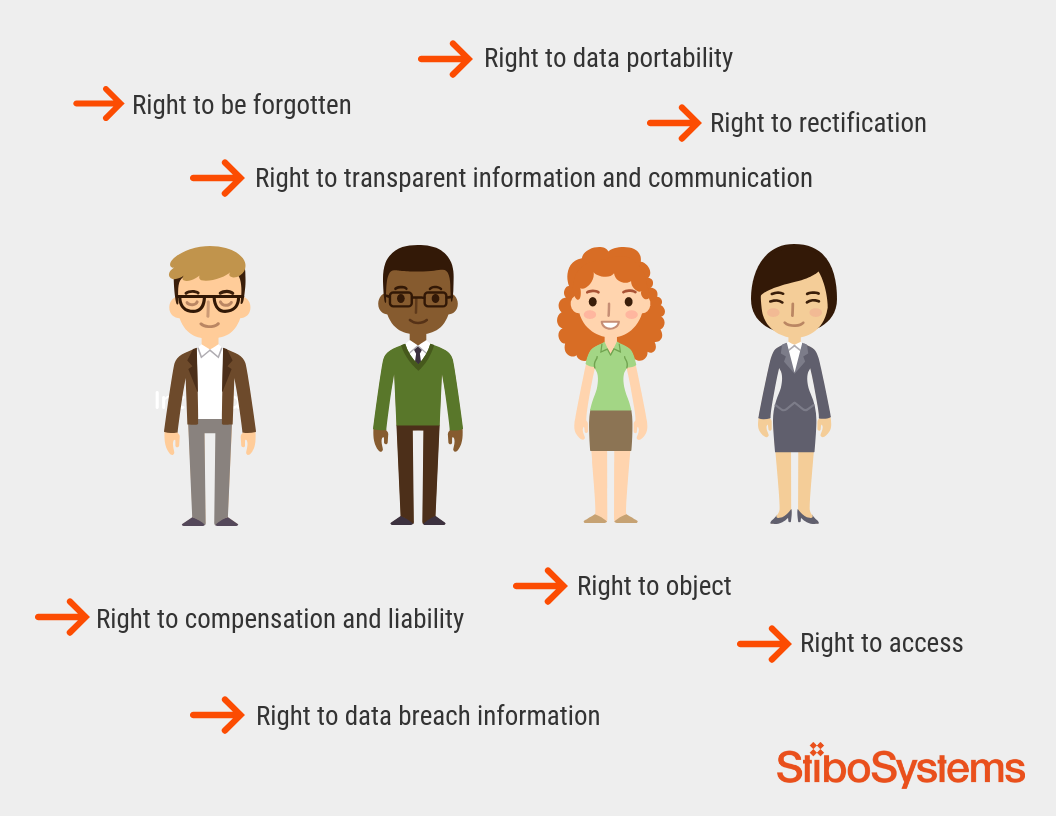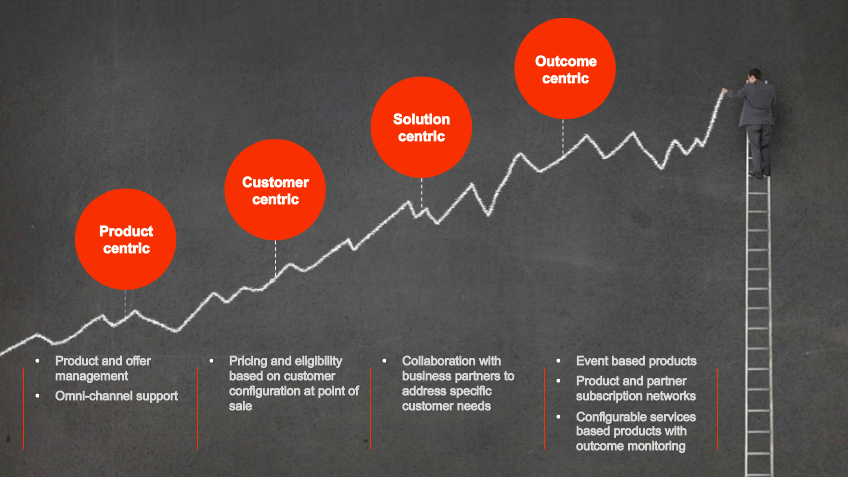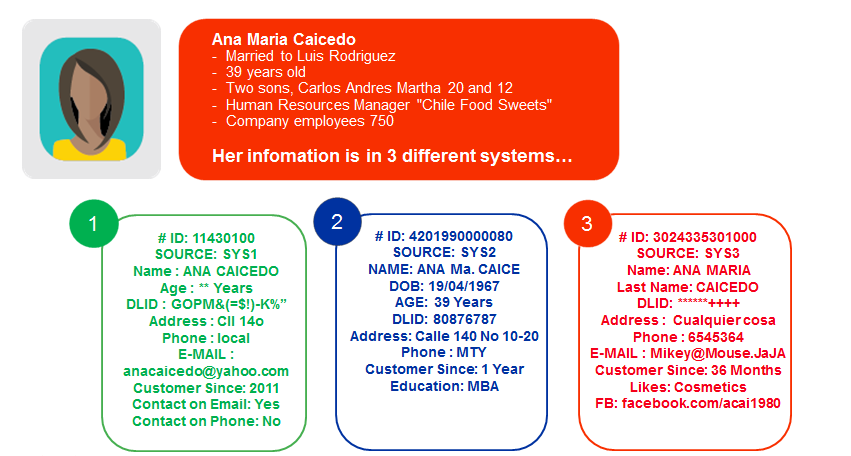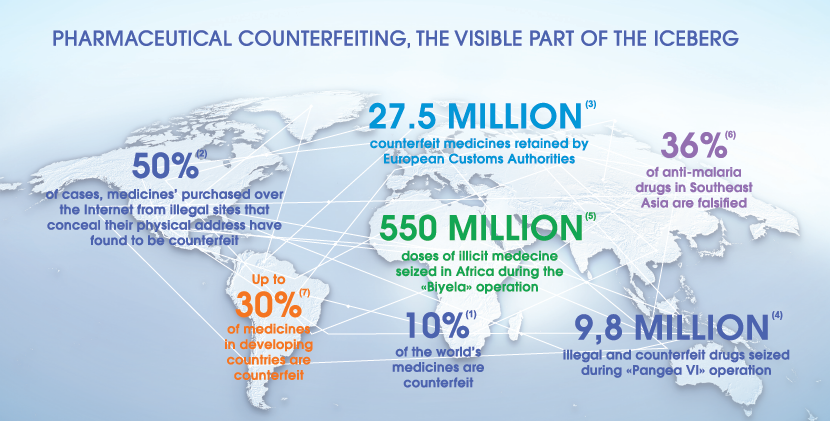When it comes to data governance, the first considerations should be the company, its organizational structure, processes and the responsibilities that need to be defined before the right software can be deployed.
This is mirrored in the five most common reasons of failing data governance initiatives:
- Too much at once (or too little)
- Lack of support from management
- Lack of communication and change management
- Unclear goals
- Focus on tools, not processes

Data governance is an organization-level program
Why data governance
Data governance refers to management or control of data through overarching rules, such as data policies, guidelines and the creation of specific structures. The goal of structured data management is to ensure the availability, usability, integrity, security and confidentiality of information.
Data governance is nothing new. However, it’s still a challenge to many companies of which some are reluctant to engage in what they believe is a tedious data clean-up and to accept the associated costs.
But here's why they shouldn't wait any longer:
- Bad data costs money. According to Gartner, “poor data quality costs organizations an average $12.9 million. Apart from the immediate impact on revenue, over the long term, poor quality data increases the complexity of data ecosystems and leads to poor decision making.”
- On the other hand, high-quality data can enhance your analytics, improve operational efficiency and lead to new business opportunities and higher customer satisfaction.
- The volume of data generated by businesses has risen significantly in recent years. According to the International Data Corporation (IDC), "The amount of digital data created over the next five years will be greater than twice the amount of data created since the advent of digital storage. The question is: How much of it should be stored?"
- Data has become critical to our society and our personal lives. Almost 90% of all data should be subject to a certain amount of security – but less than half is secured properly. What’s more, this data continues to become increasingly important. IDC estimates that, by 2025, almost 20% of global data will be critical to daily life, and almost 10% hypercritical, meaning it will have direct and immediate impact on the health and wellbeing of users.
- Legal requirements, such as the EU’s General Data Protection Regulation (GDPR), governs how companies capture, store and use the personal data of EU citizens. Any business that fails to comply with the GDPR may incur penalties, with potential fines of up to 20 million euros or 4% of a company’s annual global revenue.
- Risk mitigation: The issue of data protection is becoming a differentiation factor and is therefore becoming increasingly crucial to businesses. Any negative publicity in this context has a direct impact on a company’s customer base and turnover.
So, obviously, your data governance initiative can be very impactful and is definitely much needed. Despite this, many data governance programs fail at the first attempt (as many as 90%, according to Gartner). Why is this?
Five reasons why data governance initiatives often fail
1. Too much at once (or too little) – Approach data governance as a program, not as a project
Often, companies think too big or too small. If you try to solve all of a company’s data problems with a single initiative, it's highly likely that you’ll do more harm than good – or that the initiative could be over before you see any positive results. Conversely, if you only focus on certain aspects of data governance, there is a danger of losing sight of the end-to-end process. Here, there is no comprehensive solution. In these cases, data governance measures are perceived more as a burden or an overhead, rather than as support for day-to-day work. It makes more sense to initially concentrate on a single type of data and its life cycle, looking at it from beginning to end.
When validating and testing your data, don’t think about everything that could go wrong – instead, focus on the areas where the most problems actually occur, or where errors could cause the most damage. It’s easier to add additional testing and approval processes later than to remove or eliminate processes once they’ve been implemented.
In further steps, the technology and processes can then be expanded to other types of data.
Data governance should always be viewed as a program and not as a standalone project. This program must be carefully planned, so that everyone involved knows what needs to be done, when and by who. If you start without doing any planning, you'll end up in the same place as if you do too much planning and don’t actually get around to starting the project.
2. Lack of support from management – Make your case for data governance
Sadly, the second reason many data governance initiatives fail is a lack of support at a management level. If senior management does not buy into the benefits of data governance and only sees the associated costs, a program can never succeed. First, there is a danger that the required processes won’t be executed correctly. Additionally, because of costs, critical improvements may not be implemented, or the program may need to be ended prematurely.
Sourcing the budget needed for an initial data governance project is easier today than ever before because there are regulations that justify it (e.g., the GDPR). However, it is crucial that management also makes sufficient long-term resources available to finance all roles and functions required for robust data governance on an ongoing basis. This applies to new positions, from data stewards to chief data officers (CDOs), as well as follow-up projects to further optimize data quality.
3. Lack of communication and change management – Data governance is not just about IT
The introduction of data governance tools will always require changes to processes. But this doesn’t happen overnight. Without the right communications strategy, the anticipated benefits won’t become clear, and the issue of data governance will only be seen as an administrative burden.
Always report on goals or targets you’ve already achieved. Lots of small but steady improvements are better than one big goal that hasn't been achieved because, at some point, there wasn’t enough support.
Data governance cannot be viewed as merely an IT challenge. It requires the involvement of all affected business areas. If there is a breakdown in communication between IT and the relevant business area, and between individual departments, this can be another reason for failure. This widespread silo mentality has already caused countless data quality problems for businesses.
When putting together your data governance team, pay close attention to ensuring that all business areas share responsibility for its success (or failure). Make sure everyone who’s affected is involved. Bring in experts with experience in this field and be open to their suggestions.
4. Unclear goals – Make your data governance program measurable
You won’t reach your destination if you don’t know where you’re headed.
A data governance project cannot be a success if it’s not clear up front what this even means, and how its success should be measured. Specify in advance what you want to achieve, evaluate every measure to see if it brings you closer to your goal, and choose the right project scope for the start of your data governance initiative (also see #1).
Ensure that your goals and targets are measurable. It's important to highlight successes to secure the support of managers and staff. To do this, you need to be aware of everything that changes. This might be cost savings, increases in data re-use rates, a reduction in error rates, shorter lead times, improvements in user satisfaction, etc. All these indicators should be monitored, and the results regularly shared with the wider organization (also see #3).
These metrics will also help maintain interest in the data governance program and may help retain the support that is so vital to the continuation of the program (also see #2).
5. Focus on tools, not processes – Set your data governance team
“A fool with a tool still remains a fool.” (Richard Buckminster Fuller)
In the same way that using MS Project will not remove the need for a project manager, even using the best software will not remove the need for a data governance team.
When it comes to data governance, the first considerations should be the company, its organizational structure, its processes, and the responsibilities that need to be defined before the right software can be deployed for support. A key question is who the data actually belongs to – so establishing data ownership.
This includes identifying who makes changes to which data and who is allowed to approve those changes, who is responsible for complying with established quality criteria, and who is responsible for data security. This can be determined by business area or region and defined within your company. No tool can make these decisions for you.
IT programs can only apply rules that are defined in advance by an organization – they can identify any deviations from standard and provide tools for measuring data quality. But once the rules are established, they are a key aid in helping you achieve the objectives of your data governance initiative.
Getting started with data governance
There are many sub-categories of data: transactional data, behavioral data, performance data, temporal data, operational data and many more. Each of them requires unique data policies. If you don’t know where to start, then start with master data management. That’s the foundation of your business.

